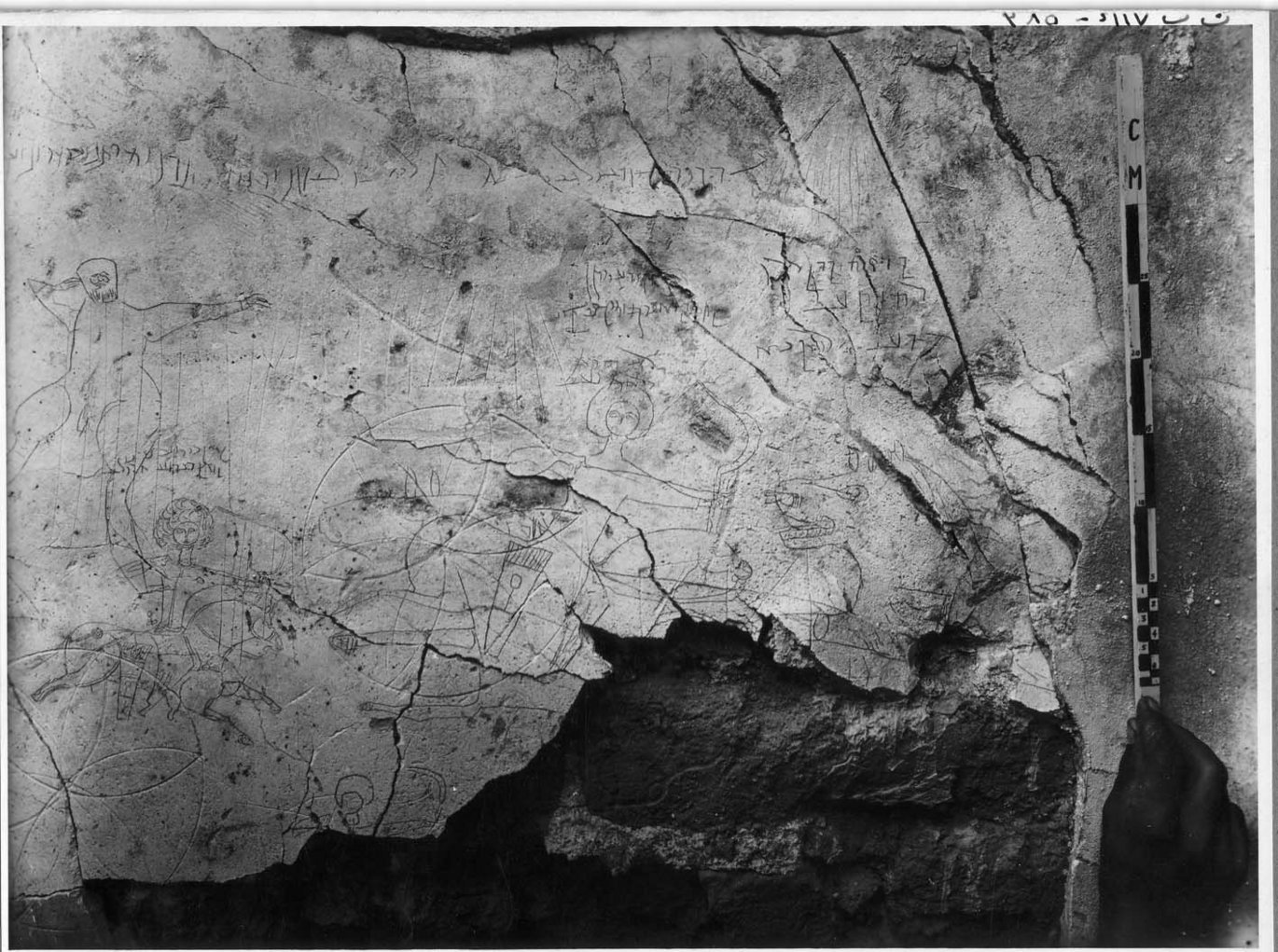Discovering the untold stories of ancient Hatra
The people who lived in Hatra, Iraq, scratched, carved, or painted their stories onto the walls of houses, temples, and fortifications during the first centuries CE.

These messages take the form of images or short texts in Aramaic and give us a unique flavour of city life. A wealth of activities are documented, ranging from praying to hunting and from greeting to accounting, which were performed by the inhabitants either in private or public places. Together, they represent the largest cluster of graffiti from the Parthian Empire and provide a unique opportunity to study practices that are otherwise mainly known from sites such as Pompeii and Herculaneum.
Despite graffiti being discovered in large quantities (1300 ca.) at several locations throughout Hatra, they have long been overlooked in favour of monumental architecture, sculptures, and formal stone inscriptions. Common modern notions of vandalism and the defacement of public property often linked to contemporary graffiti have led to the association of ancient with modern artefacts. As a result, graffiti have rarely, if ever, been integrated with studies of Hatra. This research subverts this perspective by carrying out an analysis using a large archive of documents produced by Iraqi and Italian archaeologists between the 1950s and 1990s. The majority of these documents are being studied for the first time, letting us learn the stories of people who were otherwise lost to the history.
